Misery memoirs are in vogue. There is much misery in this harrowing account of married life with John Bellany (1942–2013) CBE, RA, Hon RSA — to 20th- century Scottish art what his hero and acquaintance Hugh MacDiarmid was to Scottish poetry — but its inspiring message is that love conquers all. Helen Bellany is not a ‘quitter’, and her story triumphantly confirms it. It is a long book but does not drag. The past is so alive to her it seems only natural when she lapses into the present tense.
She is a highlander from Golspie in ‘timeless and silent’ Sutherland, and the poetry of her descriptions encourages a visit to that far-off county. Golspie is on the coast, and fishing employed the distaff side of her family; a complement to Bellany, the son of generations of Port Seton fishermen on the Firth of Forth. Both had ‘secure and happy’ childhoods. Sutherland is beautiful, but Helen longed to experience the wider world. Earning a place at Edinburgh College of Art in 1961 was the crucial first step. ‘Don’t you be coming back with a fellow with long hair and a beard, mind!’, warned her father, and of course she did.
Freshers’ Week proved an anarchic introduction. One character, ‘thundering out jazz’ on a piano, caught her eye. He wore a flamboyant black hat and from his waist ‘swung a great bone’ fresh from the butcher’s. This was John Bellany, who supplemented his grant by playing at weekends in a band otherwise formed of coal miners. He was in the year ahead, a ‘slightly scary’ star talent.
Art education was changing — ‘the wave of the new was largely turning away from the scholarship of the past’. Bellany and his friend Sandy Moffatt, also destined for artistic distinction, dismissed fashion in favour of roots. All his adult life Bellany would have MacDiarmid’s Socratic lines on his studio wall:
Tae be yersel and tae mak’ that worth bein’
Nae harder task tae mortals has been gi’en
MacDiarmid taught Scots to rediscover the riches of their vernacular, demonstrating that the local can be universal. Bellany’s birthright was the heroism, poetry, terror, passionate Christian belief (he had to attend church three times on Sunday in childhood), guilt and ingrained superstition (even the word ‘rat’ could not be uttered in his presence) of fisher folk. Many artists have colonised fishing villages, but he was an insider. In retrospect, it seems only natural that his life should be as epic as the world of myth and magic he conjured in his pictures. Helen recognised this. For all her talent she knew she lacked the required ego. In the mission to fulfil the self-proclaimed ‘grandeur’ of his artistic ambition she would be his muse and anchor.
That is her story, which became not ‘a restless wave’ but the dreaded worst and seventh wave over and over. Meagre early years in London coping with three children and an often absent husband; a decade of desperate single-motherhood, which led to the temporary loss of her two boys and daughter to delinquency — the eldest even experiencing brief but frightening imprisonment behind the Iron Curtain; divorce, the suicide of the second Mrs Bellany and re-marriage; the saving of Bellany from drink by a redemptive liver transplant; his unparalleled teetotal survival for 30 years thereafter, matched by commercial and international success beyond even their youthful dreams. Through it all he painted, latterly despite precarious and painfully preserved health — an epic achievement indeed. She tells their story with pitiless and passionate immediacy.
What changes she has seen. When she proudly introduced Bellany to Golspie his appearance caused outrage and he was shunned as a member of the sinister ‘Nameless Ones’, a weird American cult known from television. In East Germany his and Moffatt’s locks were shorn by official decree. In vain they pointed to a bust of the flowing-haired Karl Marx.
Prior to marriage, Helen sought the new contraceptive pill at the Edinburgh Mothers’ Welfare. She found two queues, marrieds and unmarrieds. Unmarrieds, to be eligible, had to prove they were engaged. There was a physical examination. She failed. When the friendly GP in Golspie found her suckling her first-born in her husband’s presence he was disgusted.
Motherhood was feminism’s victim: ‘It began to feel shameful to admit that you stayed at home to be with your children.’ ‘The cry of the Seventies was, “Marriage is meaningless… Divorce is ten a penny… What is so special about your story?”.’ Her conclusion has the conviction of bitterest experience: ‘Children need two parents and, most importantly, parents who act in solidarity with each other.’
The story is spiced with humour. Bellany’s post-transplant diet required ‘sweets galore’ and sugary drinks. ‘That’s just the Scottish diet!’ exclaimed a friend. After the operation the surgeon surprised Helen by admitting he had hoped to finish in time to watch the afternoon rugby.
Bellany’s life and art constitute a saga worthy of his seafaring ancestors. He could not have succeeded without Helen, as this book shows and both knew from the outset of their momentous voyage together.
Got something to add? Join the discussion and comment below.
Get 10 issues for just $10
Subscribe to The Spectator Australia today for the next 10 magazine issues, plus full online access, for just $10.
You might disagree with half of it, but you’ll enjoy reading all of it. Try your first month for free, then just $2 a week for the remainder of your first year.

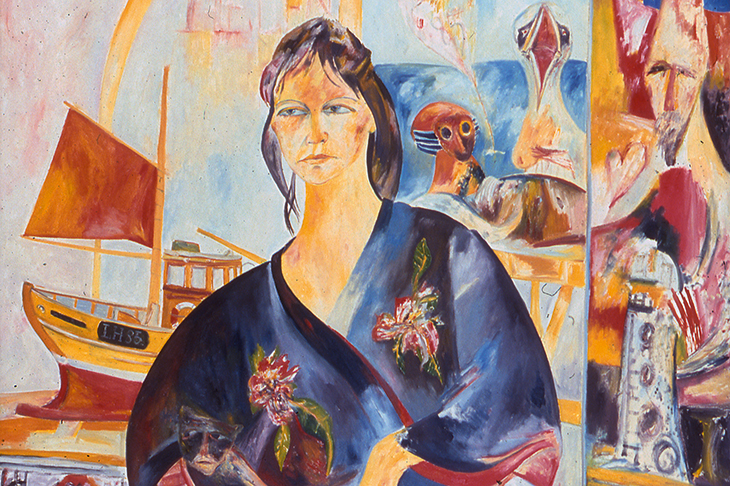
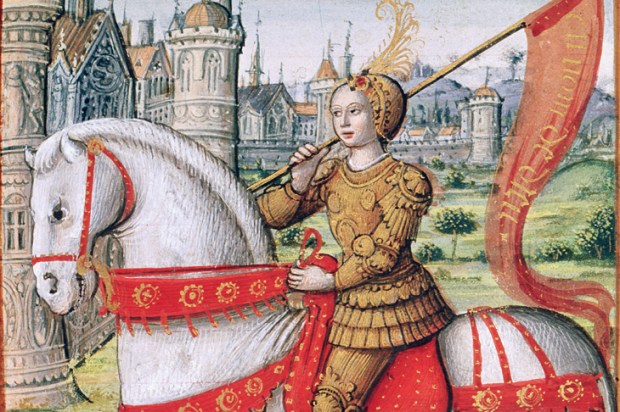
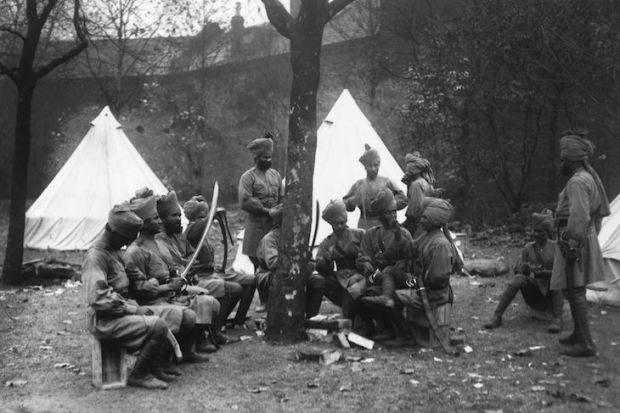
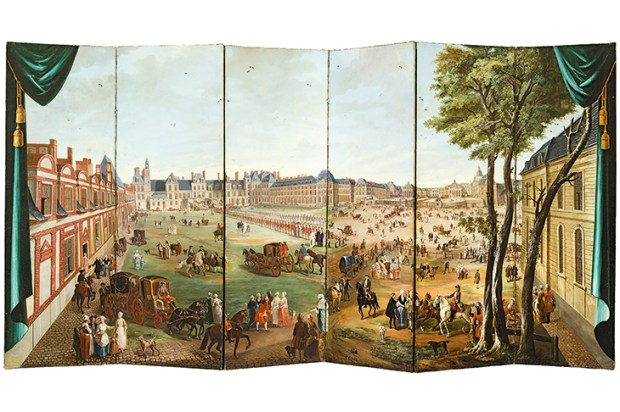
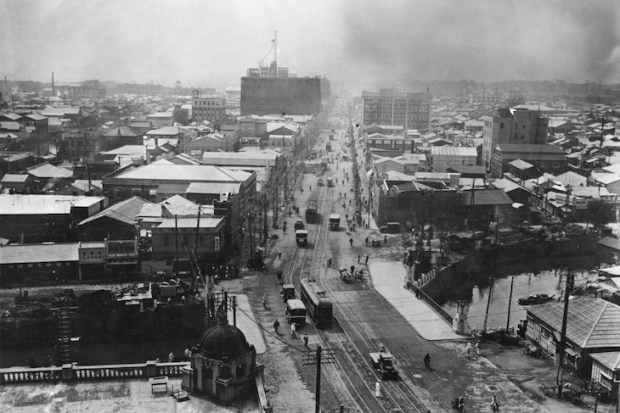
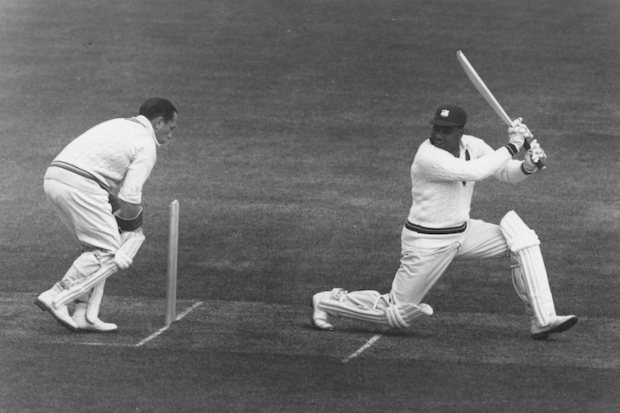







Comments
Don't miss out
Join the conversation with other Spectator Australia readers. Subscribe to leave a comment.
SUBSCRIBEAlready a subscriber? Log in